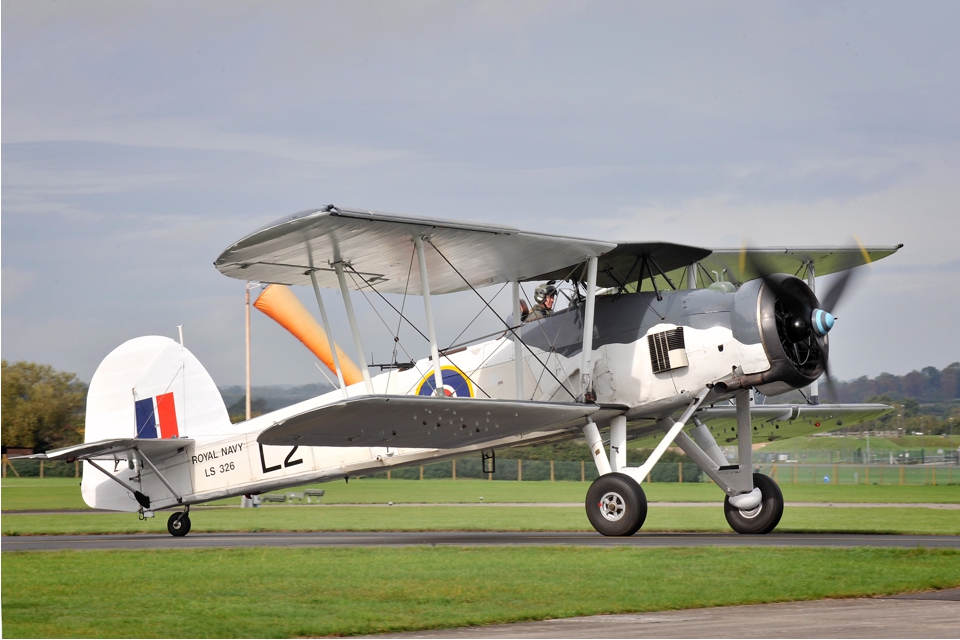Military Aviation Authority (MAA) transformation of the design and airworthiness requirements for service aircraft (Defence Standard 00-970)
13 May 2019 03:57 PM
As the early pioneers of powered flight discovered, often to their peril, several fundamental aircraft design rules were key to a safe flight.
Background
As the early pioneers of powered flight discovered, often to their peril, several fundamental aircraft design rules were key to a safe flight. These rules, derived from the successes and failures of different design philosophies, were crucial to improving both the safety and capability of subsequent designs, which was of particular importance during the period of the two World Wars. Whilst this evolving design knowledge was initially captured solely by the aircraft manufacturers, it was formalized for the first time in 1916 by the Royal Aircraft Factory’s ‘Design Requirements’ 6-page pamphlet. Only two years later, aircraft design knowledge had developed sufficiently enough for the Ministry of Munition’s Technical Department (Aircraft Production) to issue their ‘Handbook of Strength Calculations’ (Handbook 806), a set of aircraft design standards that formed the genesis of today’s ‘Design and Airworthiness Requirements for Service Aircraft’ (Defence Standard 00-970 (DS970)) and spawned aircraft certification standards across Europe, North America and Australia. This evolution continues with the single largest update to the design and airworthiness requirements for Service aircraft since the inception of DS970 in 1983.

Royal Navy Fairy Swordfish.
The need for change
The MAA maintains the position that DS970 is the benchmark design and airworthiness standard for UK military air systems and, through regulation, should be used as the primary certification code. DS970 has evolved via various standards over a period of 100 years and contains airworthiness and safety information developed from a range of sources, including accident investigations, research and development. As such, this important body of airworthiness and safety requirements should be considered during the certification of all UK military air systems. However, over time, the safety and airworthiness requirement elements of DS970 have become diluted by information and requirements that do not contribute directly to airworthiness. Additionally, while civilian certification standards continued to be updated to reflect evolving aviation technology, DS970 stagnated, resulting in the erosion of both its relevance and credibility.
The options
Several alternative mechanisms to support certification were reviewed and concluded that the UK MOD should continue to own an aircraft certification standard, but that it should be redeveloped and transformed into a specification more suited to certification. To achieve this, DS970 would refer to civil European certification specifications where these could be shown to be suitable in the military context. Thus, the transformed DS970 would solely contain those airworthiness and safety requirements which were necessary for military purposes.
Transformation process
The redevelopment of DS970 is being undertaken through a transformation project that will deliver a document that is focussed on airworthiness outcomes and better suited for use in certification; it refers to internationally recognised airworthiness codes which have additional ‘military deltas’ applied where necessary. Feedback from both the regulated community and industry highlighted the need to retain the existing DS970 3-column format, clearly identifying Requirements, Compliance, and Guidance, as this was preferred over the approach adopted by the European Aviation Safety Agency (EASA) in their Certification Specification (CS).
Those requirements of DS970 identified as certification-related will be reviewed against comparable requirements in the appropriate EASA CS. Any requirements not considered to be adequately addressed by appropriate civil specifications will be retained as military deltas and, where necessary, re-written to focus on airworthiness and safety outcomes. An important contribution to the success of this project is the application of suitably qualified and experienced resources, as well as a high level of stakeholder involvement in the review and endorsement of these requirements. In particular, due to the complexity of the requirements and the need for specific skills and knowledge, the use of Design Organisation subject matter expertise will be crucial to the development and endorsement of the transformed DS970.

Joint Service Lockheed-Martin F35B Lightning II.
Outcomes
Despite commencing in 2017, the size and complexity of the DS970redevelopment project means that it will take approximately 3 years to complete. The incremental approach being adopted generates one transformed DS970 Part per year. Accordingly, the transformation of DS970Part 7 (Rotorcraft) was completed in June 2018 and has been quickly adopted by Defence Equipment & Support (DE&S) Delivery Teams (DT) for the certification of new helicopters in conjunction with EASA CS29. The transformed DS970 Part 1 (Fast Jet Air Systems) will follow later this year. This outcome will mark the completion of the major elements of the transformation activity. It should be noted that DS970 Part 5 (Large Type Aeroplanes) and Part 3 (Small and Medium Aeroplanes) were partially transformed and published in 2015 and 2016 respectively as a precursor element to the main project. However, these same DS970 Parts will be given a further update, alongside Parts 9 (RPAS) and 13 (Common Military Equipment), as the final element of the project, following the completion of DS970 Part 1.
Summary
The DS970 transformation project represents one of the largest single projects undertaken by the MAA. The project involves the MAA’s Certification Division, DE&S Airworthiness Teams and industry partners, all collaborating to deliver a suite of transformed design and airworthiness requirements that will remain relevant and credible for future generations of UK military air systems.